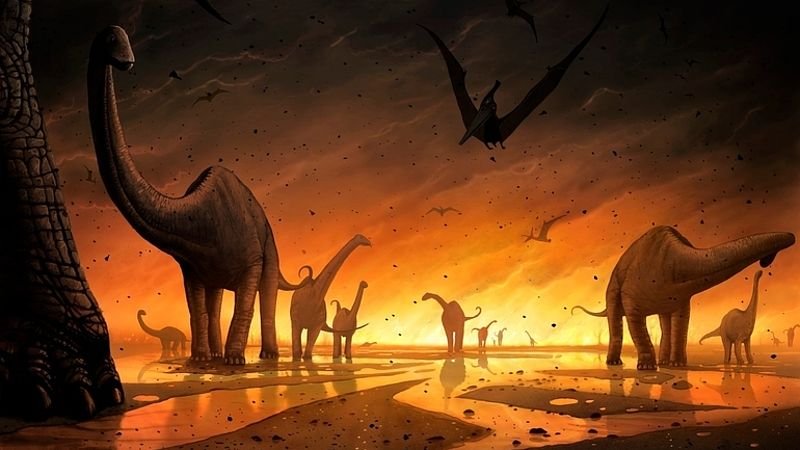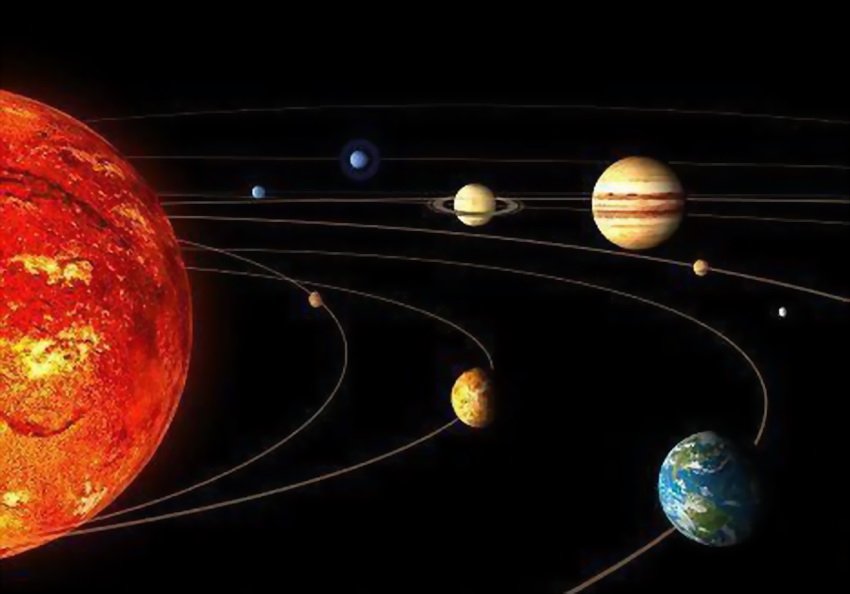The evil twin
The solar system as we know it has a long history. Scientists at the University of California have now discovered that some stars are born with a twin, and our own sun is likely to have had one at some stage. The theoretical physicists have called this evil twin 'Nemesis'.
The study suggests that our own sun had its own twin brother billions of years ago, but it cut loose from our solar system and took off into the great unknown.
“We are saying, yes, there probably was a Nemesis, a long time ago,” said study author Professor Steven Stahler, a UC Berkeley research astronomer.
“We now believe that most stars, which are quite similar to our own Sun, form as binaries. I think we have the strongest evidence to date for such an assertion.
“Astronomers looked hard for it, back in the 1980s, but it was never found, and the search was abandoned.
“It was supposed to send comets crashing into the Earth, thus explaining mass extinctions, like those of the dinosaurs. It would now be thousands of light years distant, and impossible to find.”
The bright dot
The ‘second Sun’ would have been 17 times further away from the Sun than Neptune, and would have appeared as a bright dot in the night sky.
It was suggested that while still part of the Solar System it made a pass closer to the Sun ever 26 million years, triggering enhanced comet activity, and lashing Earth with a hail of meteorites which brought death and destruction to the planet.
Scientists believe Nemesis must have existed after studying a giant cloud of recently formed stars in the constellation Perseus.
Last year, astronomers completed a survey of the stellar nursery, which is about 600 light-years from Earth using the Very Large Array, in New Mexico and the James Clerk Maxwell Telescope in Hawaii.
They found 55 baby stars in 24 multiple-star systems, and all but five of them had companion stars. There were also 45 single young stars which had probably lost their sibling.
The team concluded that the only way to explain the observations is to assume that all stars like the Sun start off with a twin, and some 60 percent split up over time. The rest shrink to form tight binary systems.


